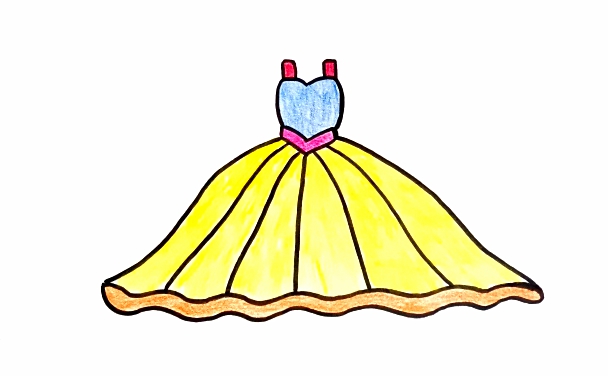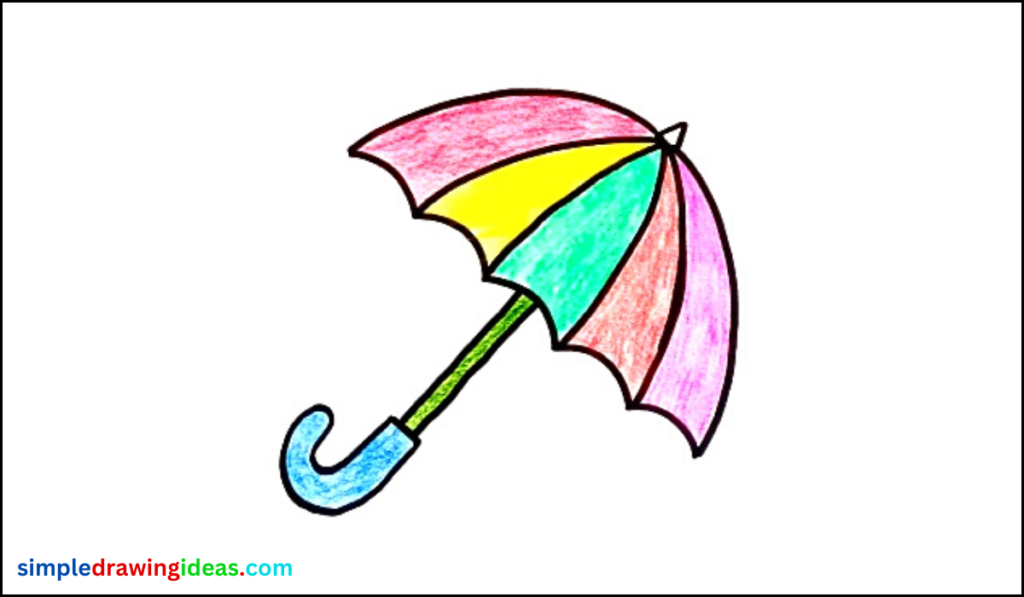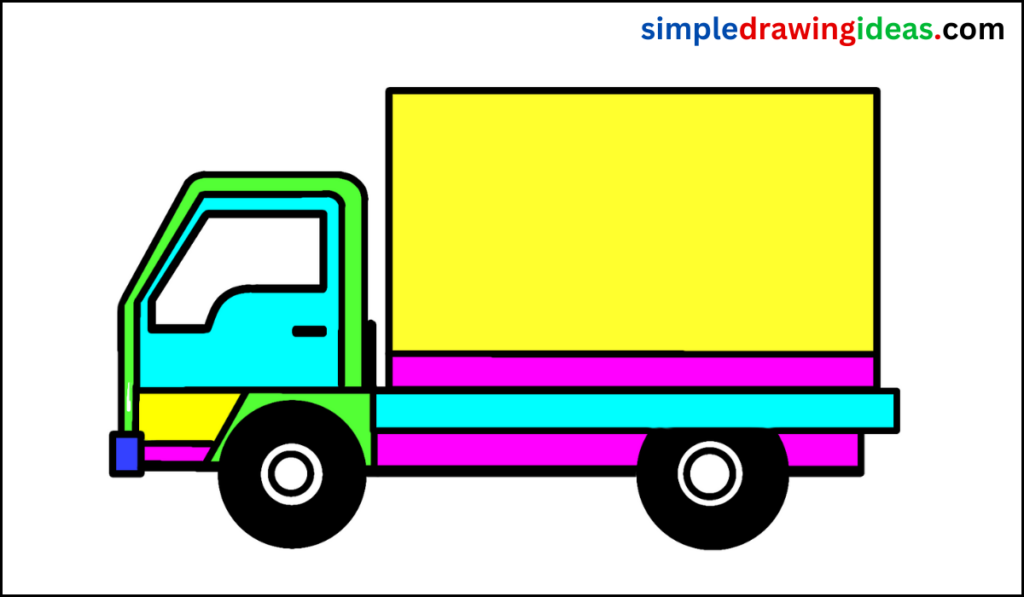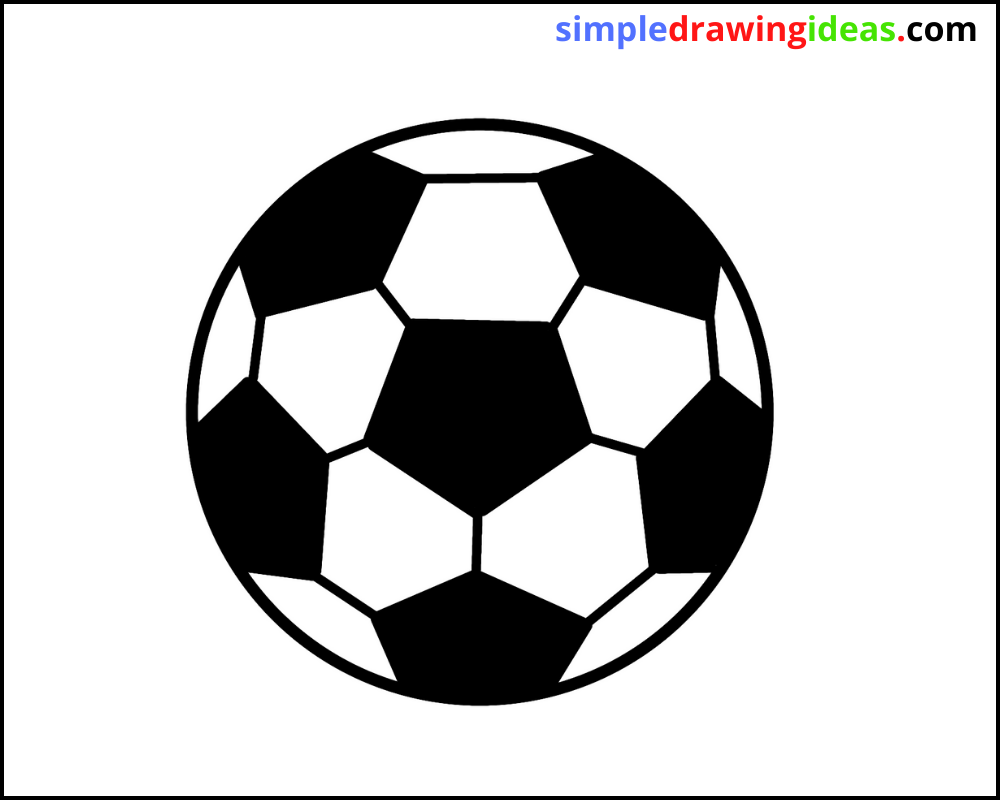How to draw a cup of coffee step by step
In this drawing lesson, you will learn How to draw a cup of coffee step by step.
This simple instruction will consist of six steps.
For more videos, you can visit my youtube channel: Easy Drawings.
In today’s lesson, we will talk about how to draw a cup of coffee .
Drawing a cup of coffee can be a gratifying and enjoyable experience, and it’s an excellent method to hone your sketching abilities. A realistic and detailed picture of a great cup of coffee may be created in just a few simple steps. Learning how to draw a cup of coffee is a terrific way to refine your abilities and show your creativity, whether you’re an experienced artist or just starting out. I’ve included some stages in this article to help you get started on your coffee artwork. Now, take out your pencil and paper and let’s get started!
How to draw a cup of coffee step by step
- Step 1
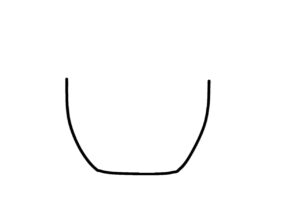
Draw the cup.
To complete this step, you need to draw two as shown in the picture.
- Step 2
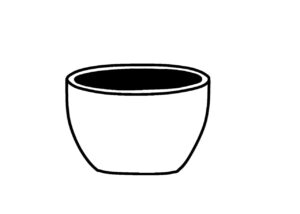
Draw the beverage in the cup.
Within the oval, draw a smooth, rounded line.
Coffee should be colored.
For the drawing, use any colors you choose.
- Step 3
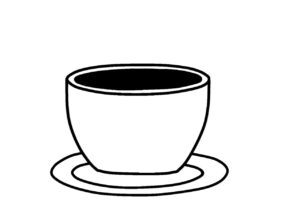
Do a sketch of the saucer.
Draw the saucer on which the cup sits with a smaooth, rounded line.
- Step 4

Append the handle’s outside contour.
To accomplish so, draw a circular line on the right side.
Add details.
Draw steam on the cup.
- Step 5

Color the coffee.
Choose any colors for the drawing.
finally, sketching a cup of coffee is a pleasant and enjoyable approach to develop your drawing abilities. A realistic and detailed picture of a great cup of coffee may be created in just a few simple steps. To make your drawing distinctive, take your time, practice, and experiment with different shading methods and features.
Does your opinion about the artwork change the longer you look at it? Why?
It is not unusual for people’s perceptions of an artwork to shift over time. This is because the longer time someone spends with a work of art, the more subtleties and nuances they discover and appreciate. A single glimpse may not convey everything that an artwork has to offer, and a closer investigation may change someone’s original perspective.
The way that a person feels and thinks can also affect how they interpret a piece of art. Someone who is upset or distracted might not be as receptive to art as someone who is relaxed and focused. Consequently, one’s feelings toward a piece of art may change over time depending on their current mental or emotional state.
In summation, the longer someone looks at an artwork, the more subtleties and nuances they may see and enjoy, and their viewpoint may shift as a consequence.
Why would someone want to steal this artwork?
There could be a variety of reasons why someone would want to steal a piece of artwork. Some of the possible motives include:
1. Financial gain: Artworks can be valuable, and stealing a valuable piece of art can be a way to make money through selling it on the black market, to a collector or a museum.
2. Personal collection: Some individuals may steal a piece of artwork simply because they want it for their personal collection, and they are willing to go to extreme measures to obtain it.
3. Political or social statement: Artworks can carry political or social messages, and a theft of an artwork can be a way to make a statement about the artist, the subject matter, or the culture the artwork represents.
4. Vengeance or revenge: In some cases, a person may steal a piece of artwork as a way to get back at someone, such as the owner of the artwork, the artist, or an institution.
5. Thrill seeking: Some people may steal art simply for the thrill of the crime, seeking the adrenaline rush that comes with pulling off a daring heist.
Of course, these are just some possible motives, and every situation is unique. It’s important to remember that stealing artwork is a serious crime, and can have serious consequences for the perpetrator.
How to draw a cup of coffee step by step
More videos:
Keywords:
how to draw, drawing, easy drawing, learn to draw, simple drawing ideas, simple drawing, drawing ideas,
things to draw, stuff to draw, how to draw a cup of coffee, coffee drawing,
easy a cup of coffee drawing, how to draw a cup of coffee step by step.
